Burdock, Gobo (Arctium lappa) seeds, organic
Price range: $2.95 through $266.00
Family: Aster (Asteraceae)
Biennial, overwintering zones 3 to 9, usually grown as a garden annual, 50 days to harvest.
(Gobo Burdock, Niu-bang) Biennial native to temperate Europe and Asia. Burdock seeds sown in the spring or summer will produce diggable roots by late summer that can be harvested through the winter. The root has similar sweetness to the carrot, with an earthy flavor. Sow seed in spring directly in regular garden soil and thin to 6 inches apart.
packet contains 100 seeds
5 g contains ~525 seeds
10 g contains ~1,050 seeds
100 g contains ~10,500 seeds
1 lb contains ~47,670 seeds
Certified Organically Grown

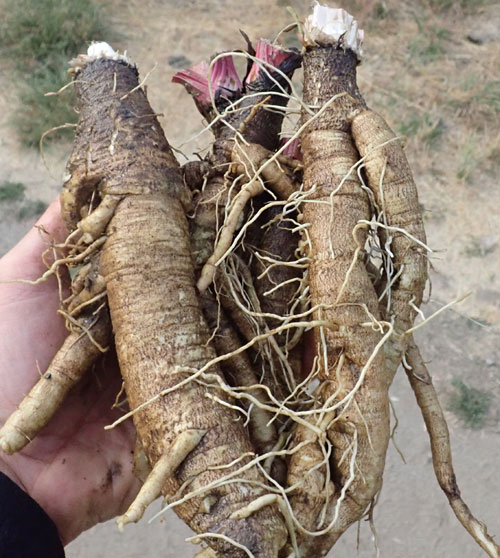
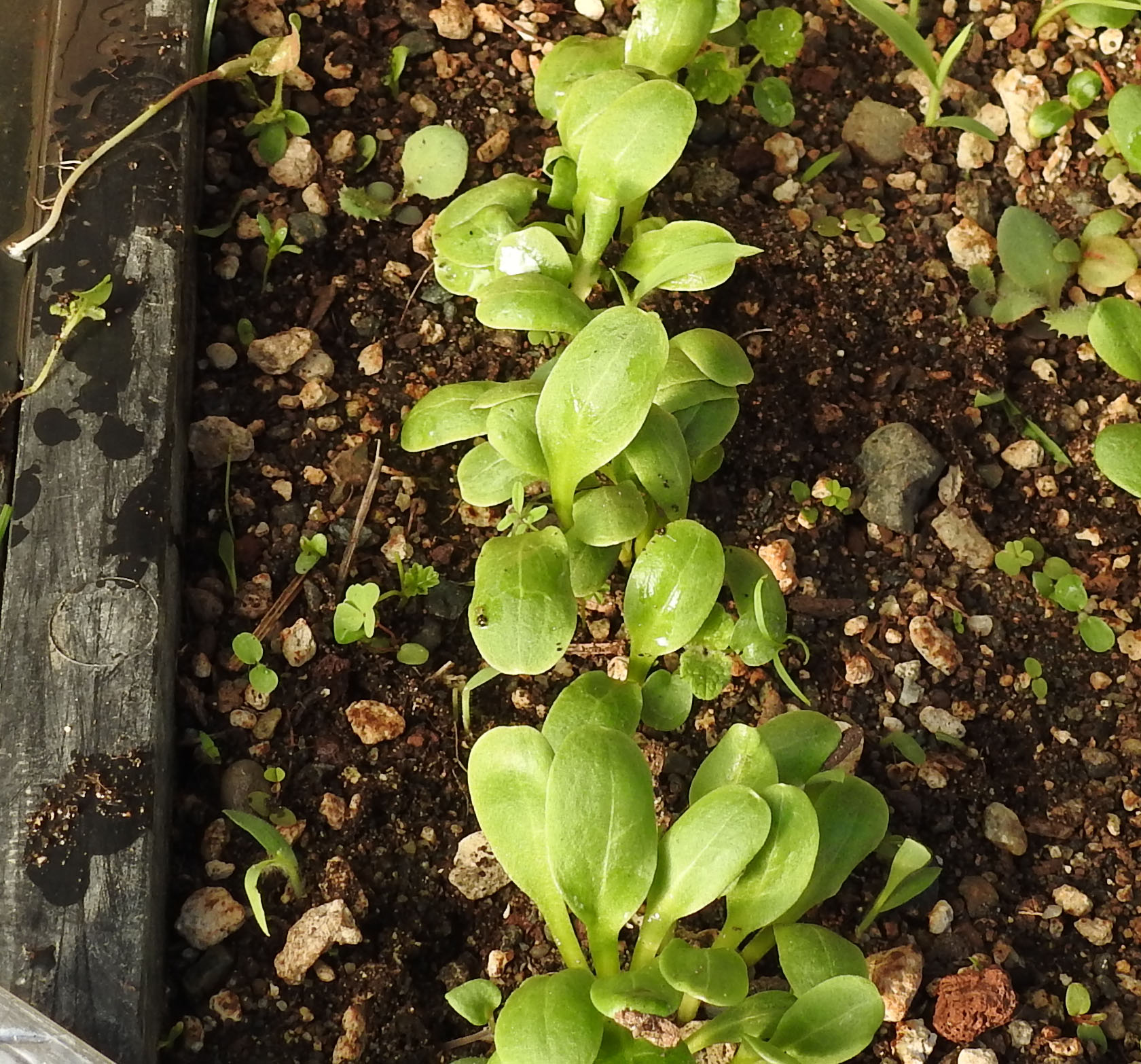
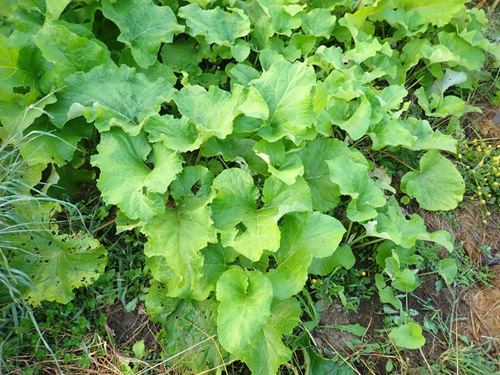
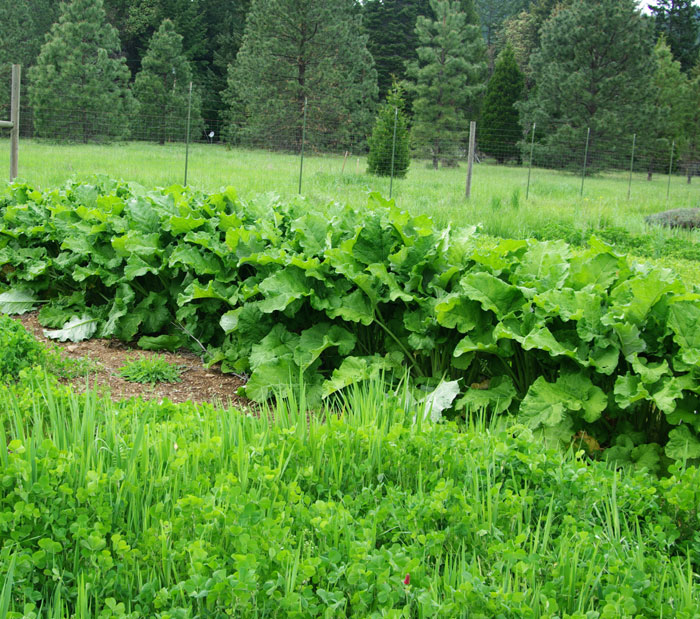
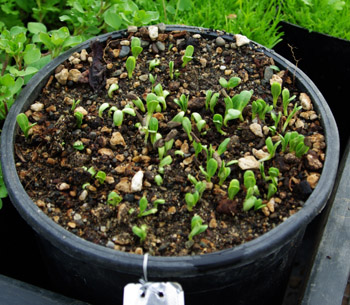

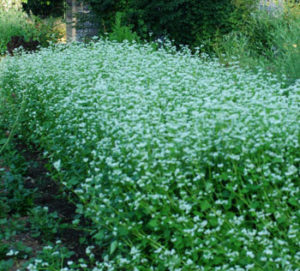
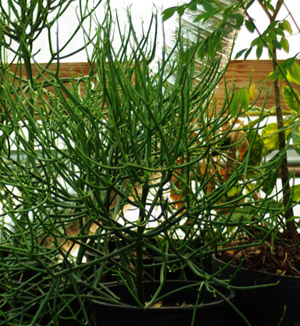
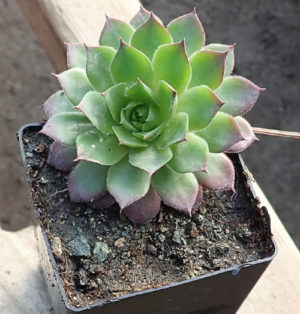
Question
Mark Borton –
Can you ship to Mexico?
Upvote if this was helpful (0) Downvote if this was not helpful (0) Watch Unwatch Flag for removal
Richo Cech –
hi mark, wish we could guarantee seeds to Mexico. for some reason they seem to disappear at the border. richo
Upvote if this was helpful (0) Downvote if this was not helpful (0) Flag for removal
Julie –
These are growing in pots, landscaping size for trees with no problem. The like shade and the PNW to boot. The recycling bin gives you an idea of size.
Upvote if this was helpful (3) Downvote if this was not helpful (0) Watch Unwatch Flag for removal
Richo Cech –
cool picture!
Upvote if this was helpful (5) Downvote if this was not helpful (0) Flag for removal
Antonio (verified owner) –
do you sell burdock root or bareroot plant?
Upvote if this was helpful (0) Downvote if this was not helpful (0) Flag for removal
Richo Cech –
hello antonio, sorry, no, not on this one. richo
Upvote if this was helpful (0) Downvote if this was not helpful (0) Flag for removal
Question
Luis (verified owner) –
Richo, how do I know when to harvest the roots? I’ll be starting my seeds today.
Also, are any other part of this plant that’s edible? Leaves? Stems?
Upvote if this was helpful (0) Downvote if this was not helpful (0) Watch Unwatch Flag for removal
Richo Cech –
hi luis, the root is dug during the first growing season–give it 60 to 90 days–it goes woody after it goes to flower in the second year. the main other part that is used in herbal medicine is the seeds–again see making plant medicine for extraction and indications, and some people do use the stems and leaves, which are harmless. r
Upvote if this was helpful (0) Downvote if this was not helpful (0) Flag for removal
Question
Laura M –
Im interested in the TCM use of burdock seed/fruit. Would you recommend this burdock for seed / fruit production (vs other varieties)? Also, do you know of folks successfully growing this plant in zone 10 (California SF Bay Area)? Thanks
Upvote if this was helpful (0) Downvote if this was not helpful (0) Watch Unwatch Flag for removal
Richo Cech –
THey Laura, thanks for the good questions. Burdock seeds are one of the chinese herbs that relieves the exterior and clears heat. It is the same in western herbalism, really-herbalists commonly use it for skin-type issues like carbuncles and impetigo. the root is gentler and less bitter than the seeds. Burdock is truly a nutritious food. Gobo is more or less official but all of the cultivars do the same thing–even our wild Arctium minus. Gobo can be grown for root production in any zone. It is possible that without a winter it won’t go into the upright, seed-bearing stage. But actually its hard to hold them back. r
Upvote if this was helpful (0) Downvote if this was not helpful (0) Flag for removal